In this article we present cognitive rehabilitation activities after an acquired brain injury.
Acquired brain injury is an injury to the brain cells that occurs after birth. It can be due to various causes and, depending on where the damage is located, different processes will be affected.
Characteristics of acquired brain injury
It is characterized by its sudden onset and by the varied set of sequelae it presents depending on the area of the brain injured and the severity of the damage. These sequelae cause abnormalities in perception, physical, cognitive and emotional alterations. It should also be noted that it will not affect a developing brain (children) in the same way as a fully developed brain (adults).
Causes of acquired brain injury
The main cause of brain injury is stroke, followed by traumatic brain injuries and conditions such as anoxia, brain tumors or infections.

Subscribe
to our
Newsletter
Cognitive rehabilitation activities after an acquired brain injury
The NeuronUP cognitive stimulation program allows neuropsychologists, occupational therapists and speech therapists to adapt each activity to the particularities and needs of people who have suffered a brain injury.
The examples of cognitive rehabilitation activities after an acquired brain injury that we describe here have been developed by NeuronUP and are designed to train cognitive functions:
1. Get Dressed
How to play?
This activity consists of dressing the silhouette appropriately, taking into account both the placement and order of each garment and the type of situation.
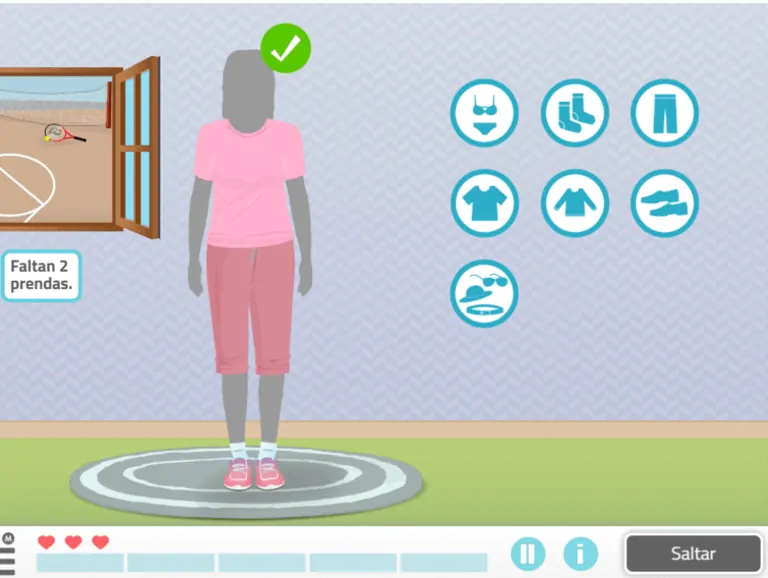
Play by levels
There are 6 phases. In the easiest levels there are fewer commands and more prompts from the program to carry out the activity correctly, while in the more difficult levels the prompts decrease and the clothing requirements are more complex.
Activity personalization
Additionally, you can personalize the activity to suit each user’s abilities.
Parameters
And, on the other hand, the parameters, where you can select the number of garments, the scenario, whether to include any type of distractor, the errors that can be made, the presentation of the garment, etc.
General aspects
You can adjust, on the one hand, general aspects such as the number of exercises, the maximum time, whether or not you want a visible timer for the activity, modify the instructions for carrying it out, etc.
Adaptability
Finally, you can select whether you want the movement of the clothing items to be draggable or selectable with a single tap. Depending on the user’s functionality, one option or the other can be chosen.
What does this activity train?
This cognitive stimulation exercise trains the following cognitive functions:
- Decision making,
- Body schema,
- Planning,
- Dressing.
2. Emotion recognition
How to play?
This activity consists of recognizing the emotions shown and matching them with the terms that define them.

What does this activity train?
This activity is designed to work on the following cognitive functions:
- Social cognition,
- Vocabulary,
- Reasoning.
Format
Additionally, this exercise is available in both digital and paper formats.
3. Form sentences
How to play?
This game is based on ordering the presented words to form coherent syntactic structures.
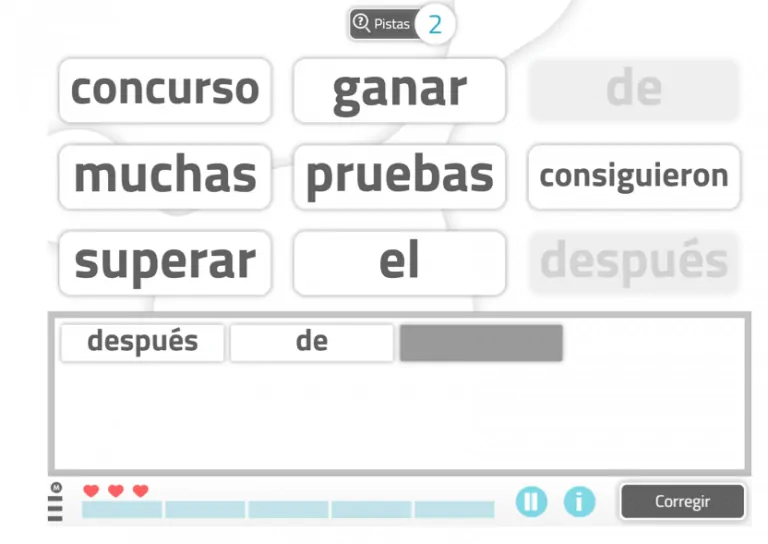
Play by levels
In the easiest levels the sentences will consist of only two or three words, while in the more difficult levels the user will have to be able to form a sentence with a larger number of words.
Activity personalization
Additionally, you can personalize the activity to adapt it to each user’s abilities.
General aspects
You can adjust, on the one hand, general aspects such as the number of exercises, the maximum time, whether or not you want a visible timer for the activity, modify the instructions for carrying it out, etc.
Parameters
And, on the other hand, the parameters, where you can select the number of words and the number of hints given.
Adaptability
Finally, you can select whether you want the movement of items to be draggable or selectable with a single tap. Depending on the user’s functionality, one option or the other can be chosen.
What does this activity train?
The Form words activity is designed to work on the following cognitive functions:
- Expression,
- Comprehension,
- Flexibility,
- Working memory,
- Planning.
5. Order activity steps
How to play?
In this worksheet you must put in order the different steps necessary to carry out an activity. In the following example you have to order the steps to wash your face after waking up:
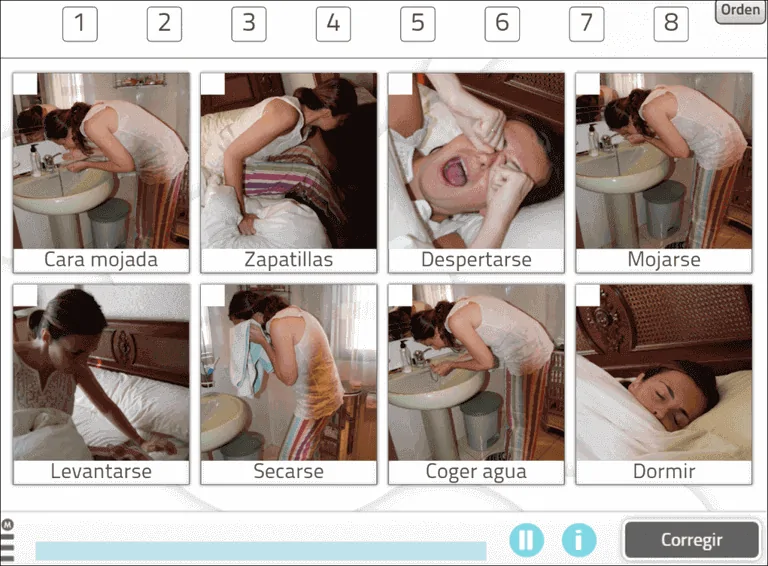
Text version
Order activity steps is also available with text. In this case you have to order the steps for Wash Clothes.
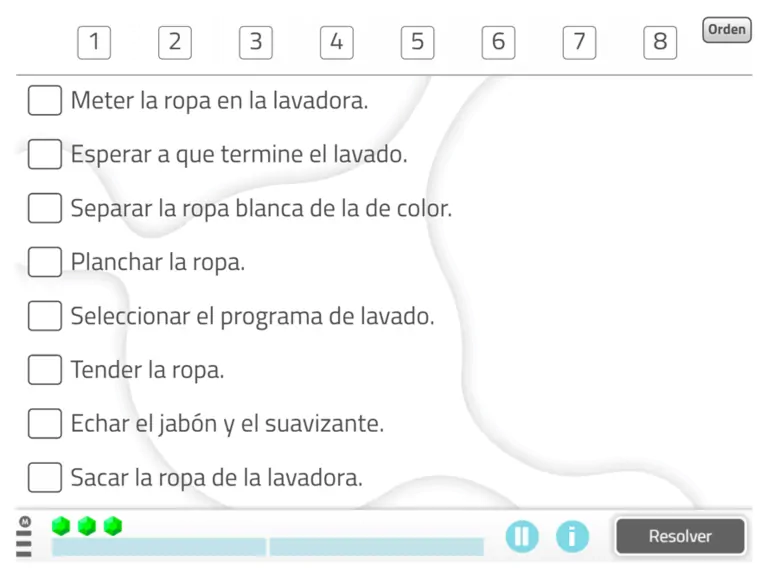
What do these two activities train?
These two exercises for ordering activity steps train:
- Planning,
- Reasoning,
- Comprehension (text-based exercise).
Format
Both can be done in either digital format or on paper.
Don’t forget: All activities of daily living can be divided into steps!
If you liked this article about cognitive rehabilitation activities after a brain injury, you may also be interested in the following information:
“This article has been translated. Link to the original article in Spanish:”
Actividades de rehabilitación cognitiva tras un daño cerebral adquirido

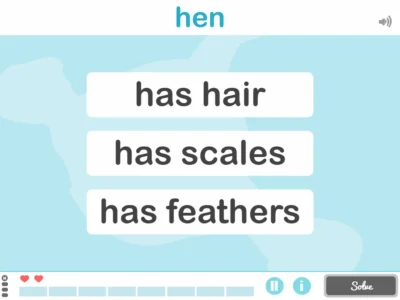
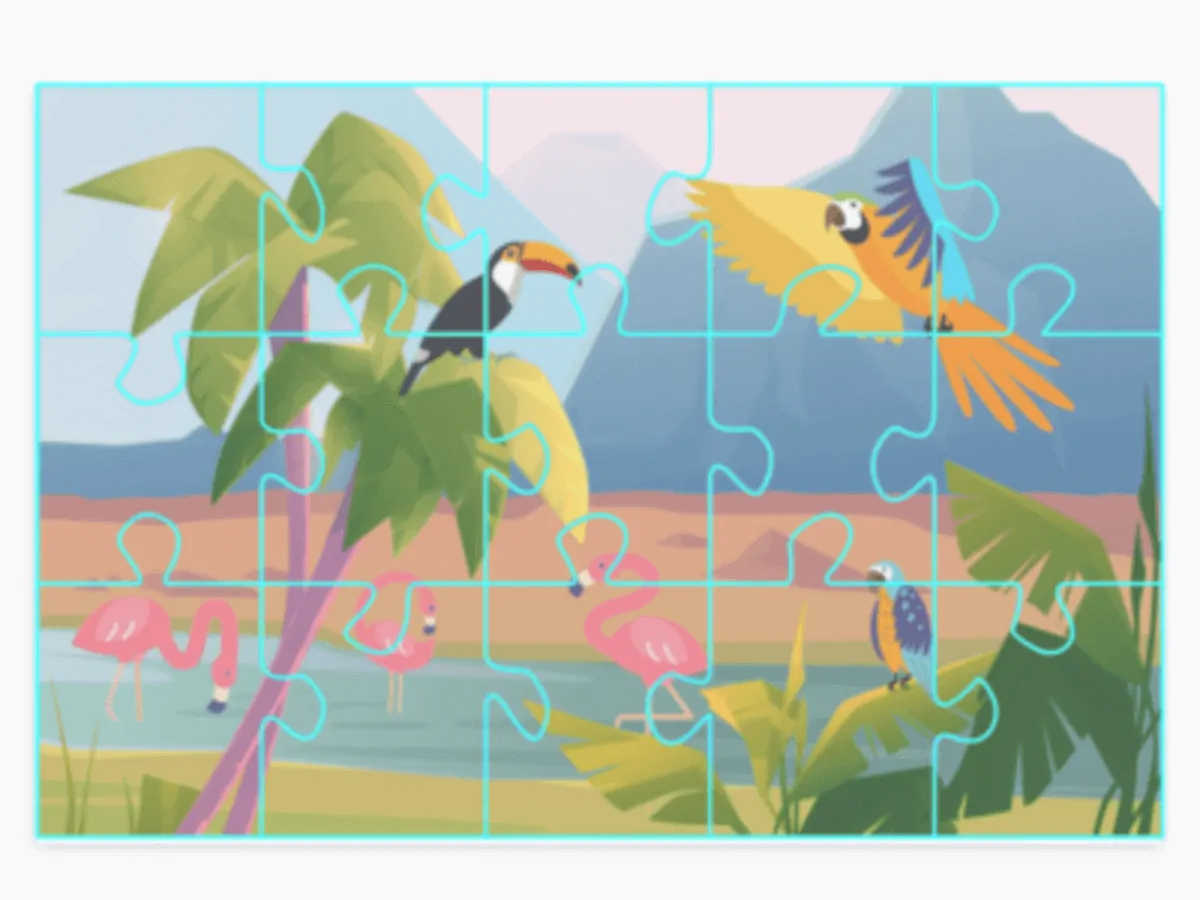
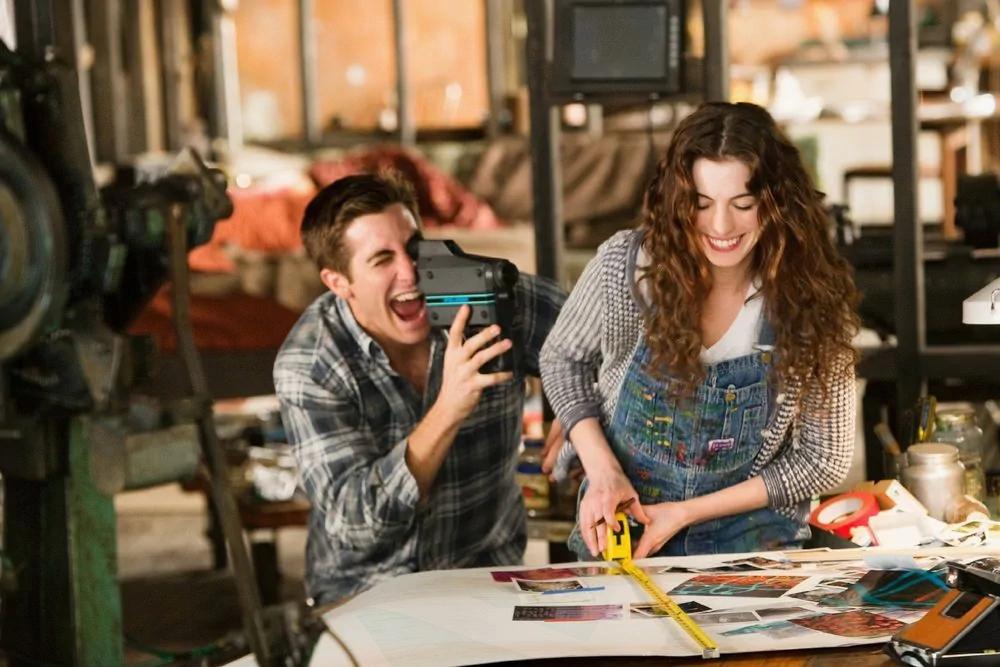
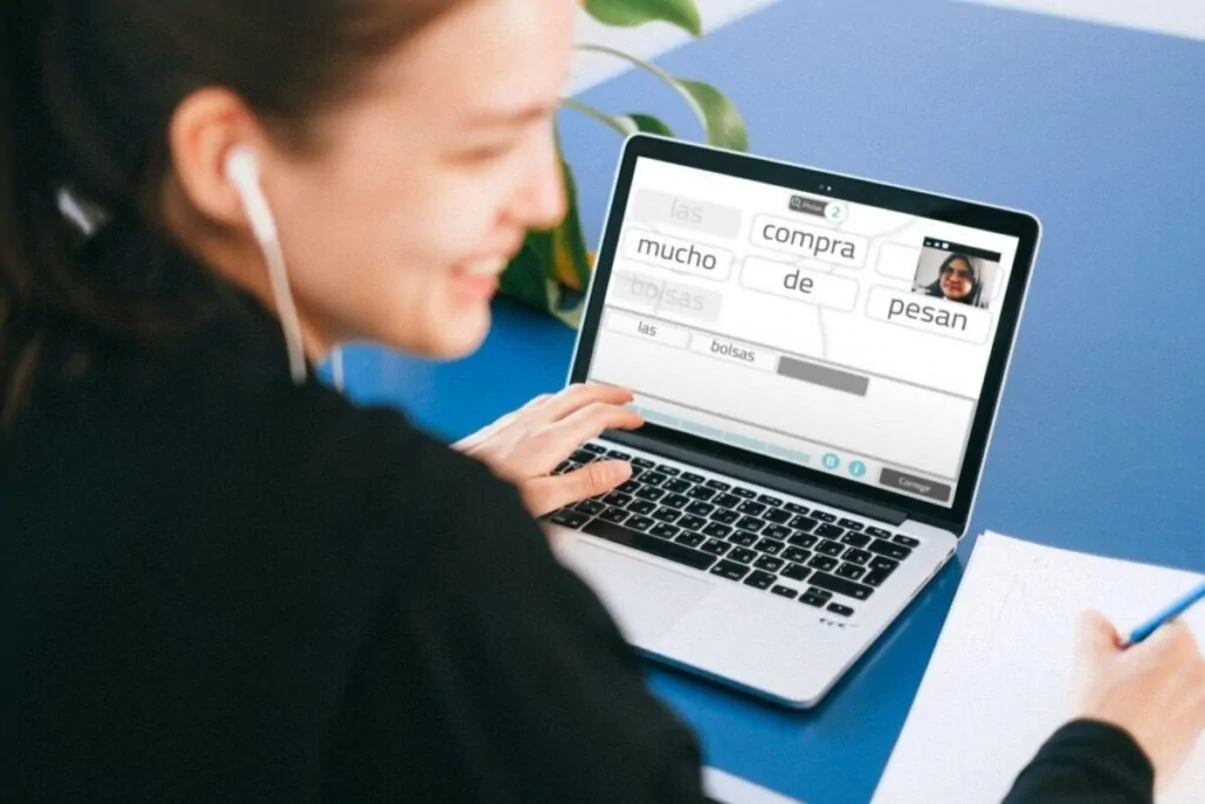

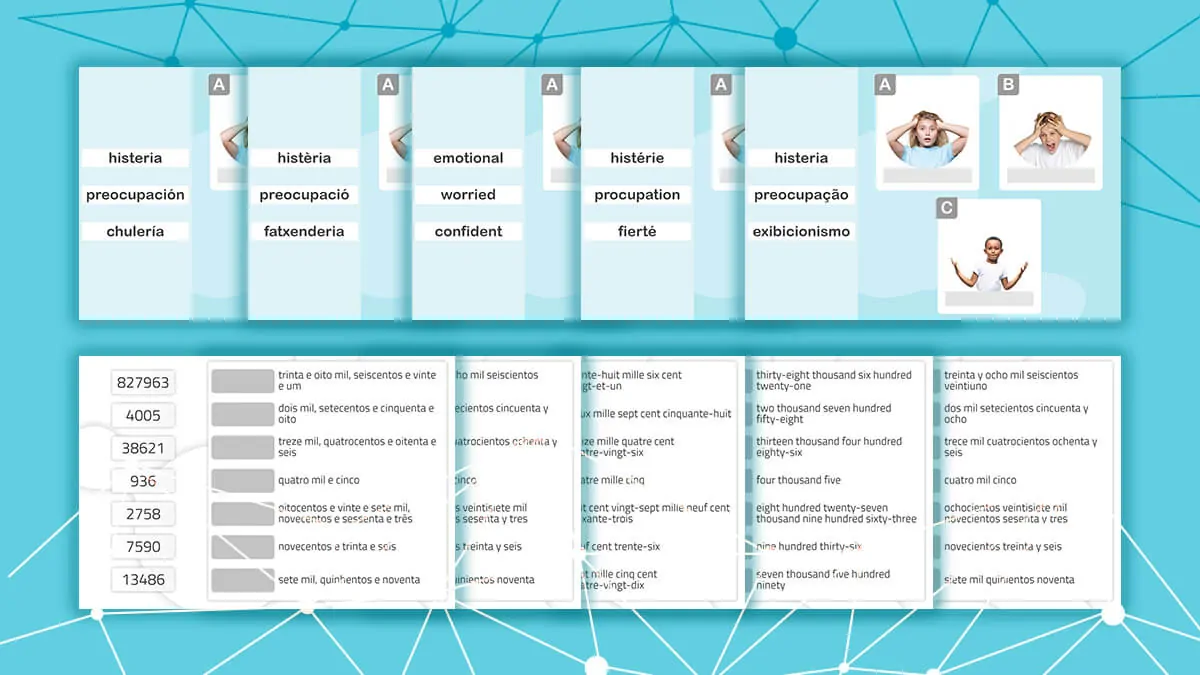
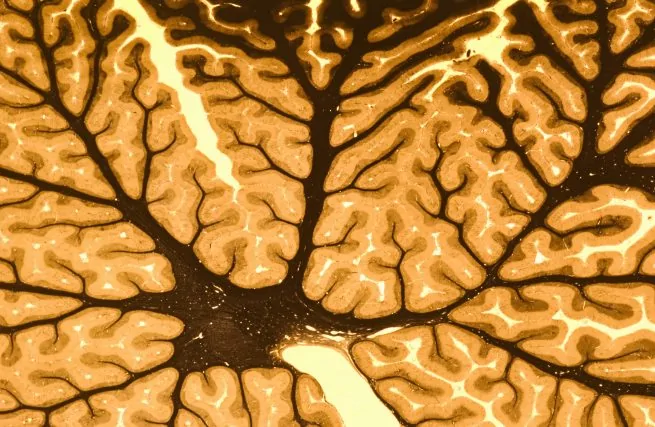 Motor learning: what it is, factors, methodology, and objective
Motor learning: what it is, factors, methodology, and objective
Leave a Reply